Why is this important? Because this "study" (and I use the term lightly, very, very lightly) will determine where new transmission is "needed" in the U.S. DOE's study says it is "needed" everywhere, aka maybe at your house? Once DOE says it's "needed" in the final study, then greedy transmission developers will ask DOE to designate a transmission corridor for every unneeded, money-making project they can dream up. Once DOE designates a corridor for every transmission project that anyone wants to build anywhere, that activates federal eminent domain and permitting by the Federal Energy Regulatory Commission. That's right, this "study" is ground zero for having your land taken using federal eminent domain. It's all downhill from here once DOE issues its final study this summer. This is your last chance to let them know what you think.
Want to know what I think? Of course you do, or you wouldn't be here! I just sent in my comments. They start off like this...
The Law of the Instrument is a cognitive bias that is often expressed with the phrase, "If
the only tool you have is a hammer, every problem looks like a nail.” The draft National
Transmission Needs Study epitomizes the Law of the Instrument because it prioritizes
transmission as the only possible solution. Three years ago, DOE’s last congestion study
concluded, “…the Department has not identified transmission congestion conditions that would merit proposing the designation of National Corridors.” Now the Department has
found terrible congestion in an area so vast that if the DOE were to designate corridors to
solve it, the entire continental U.S. would be one gigantic “corridor.” The only conclusion that can be drawn by these drastically different findings is that the DOE’s transmission studies are not based on data and science, but on political goals. This does not benefit the citizens the Department exists to serve. Although politics produces a vast supply of hot air, it cannot keep the lights on.
| national_transmission_needs_comments_final.pdf |
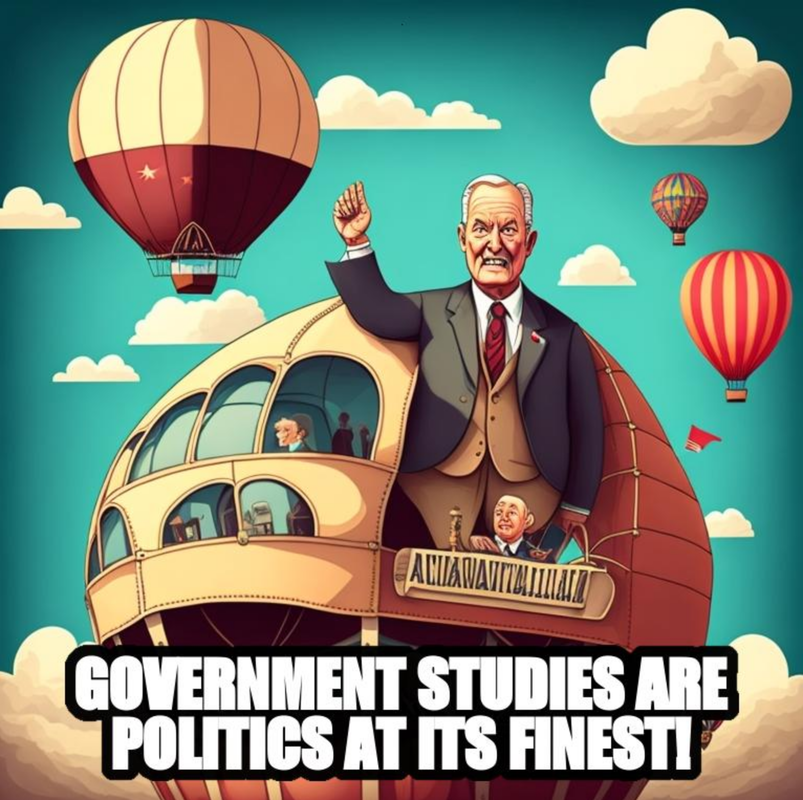
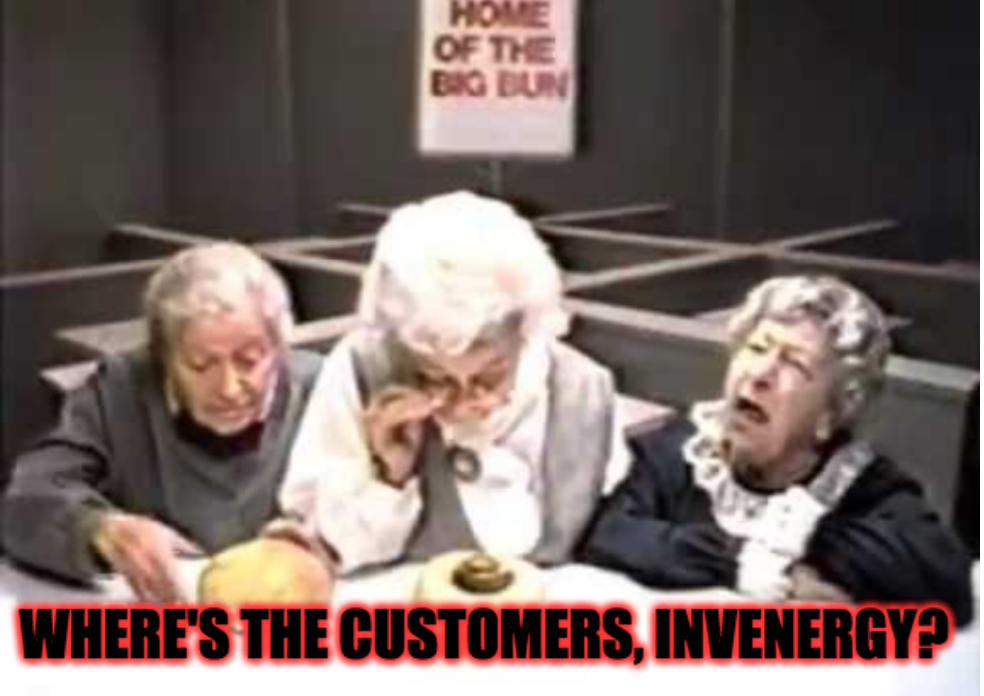

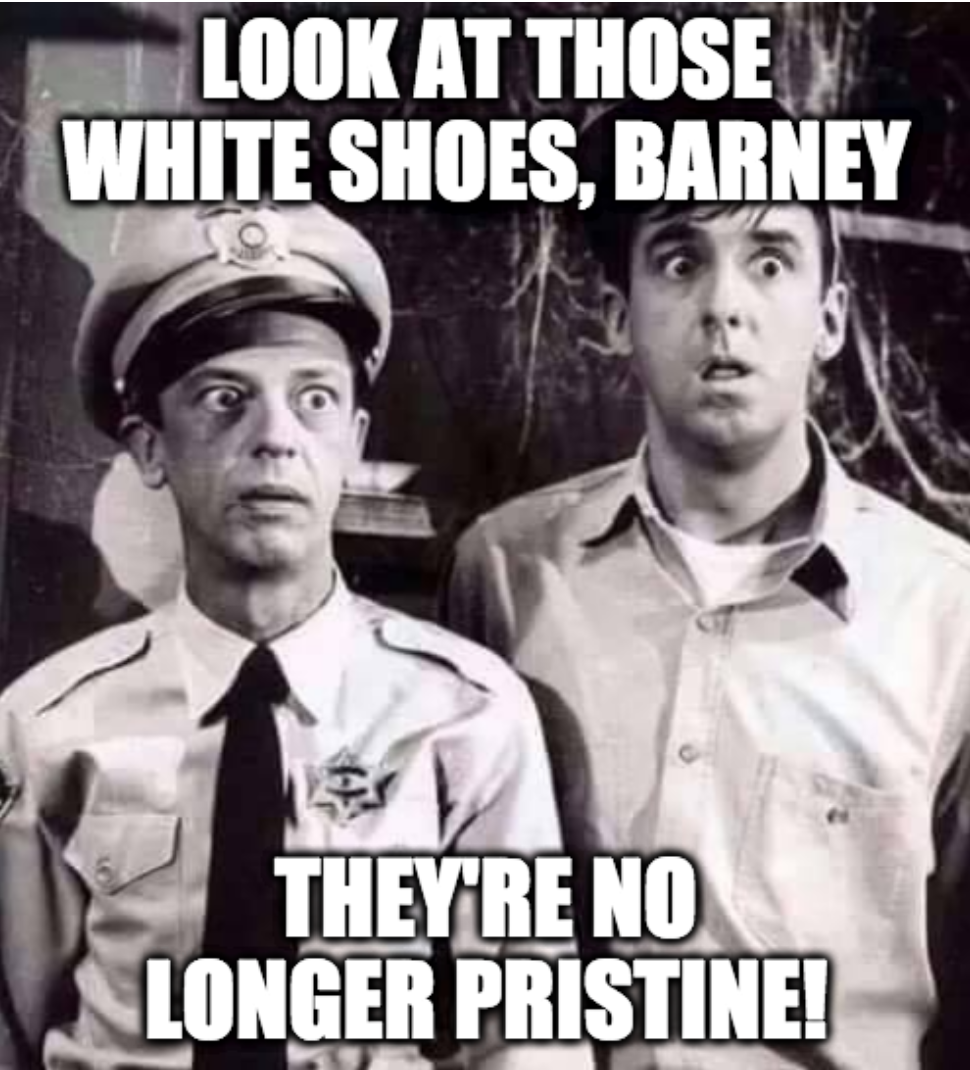
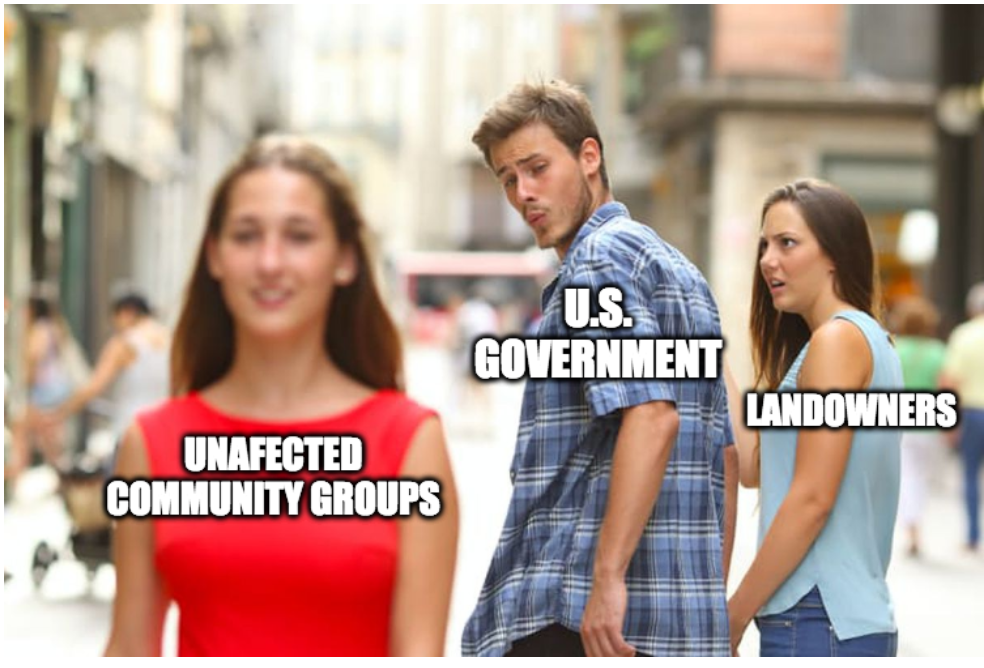
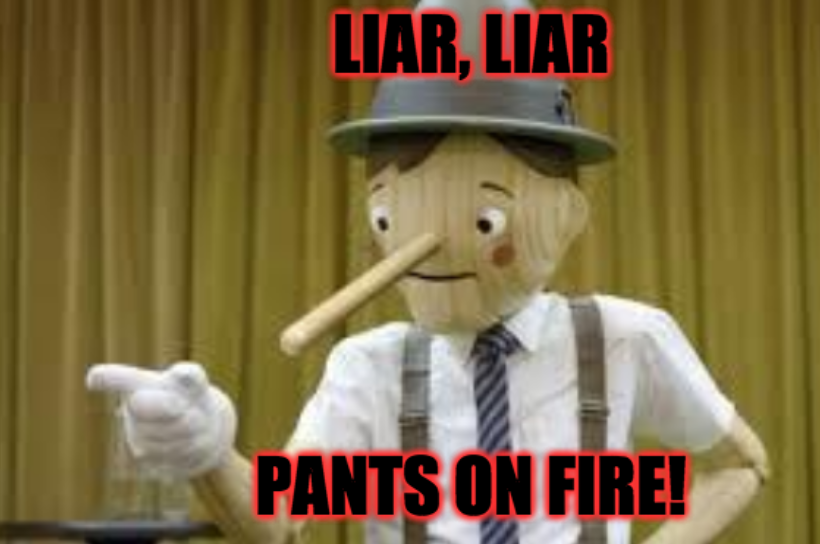
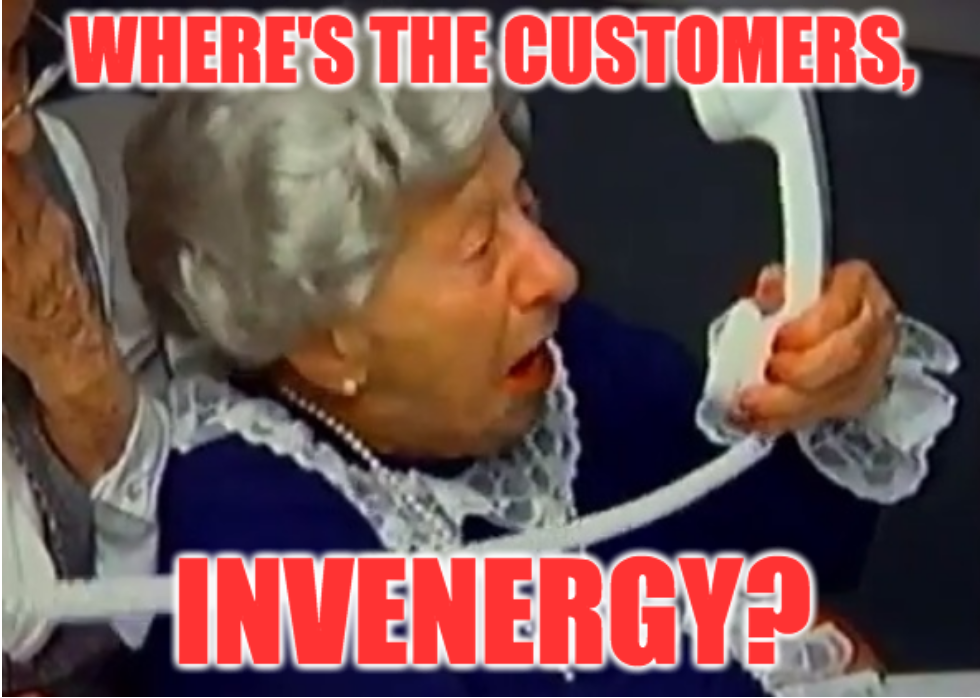
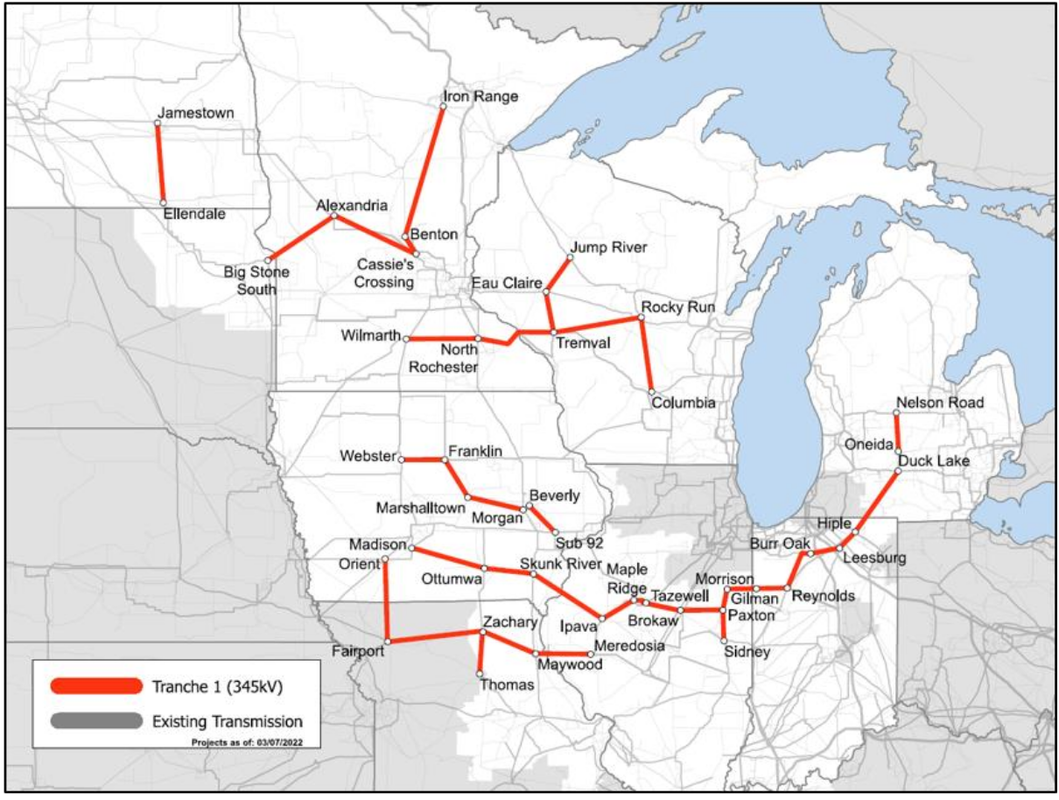
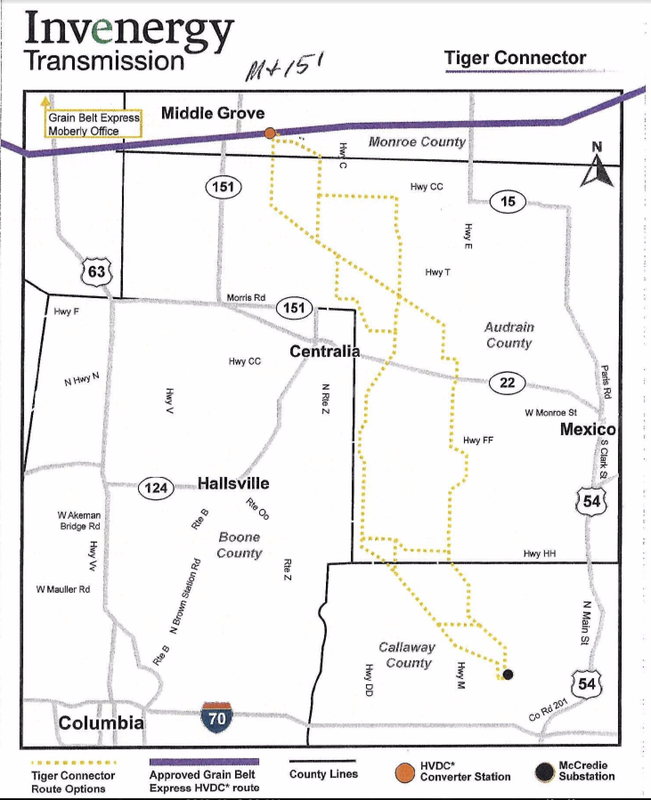

 RSS Feed
RSS Feed